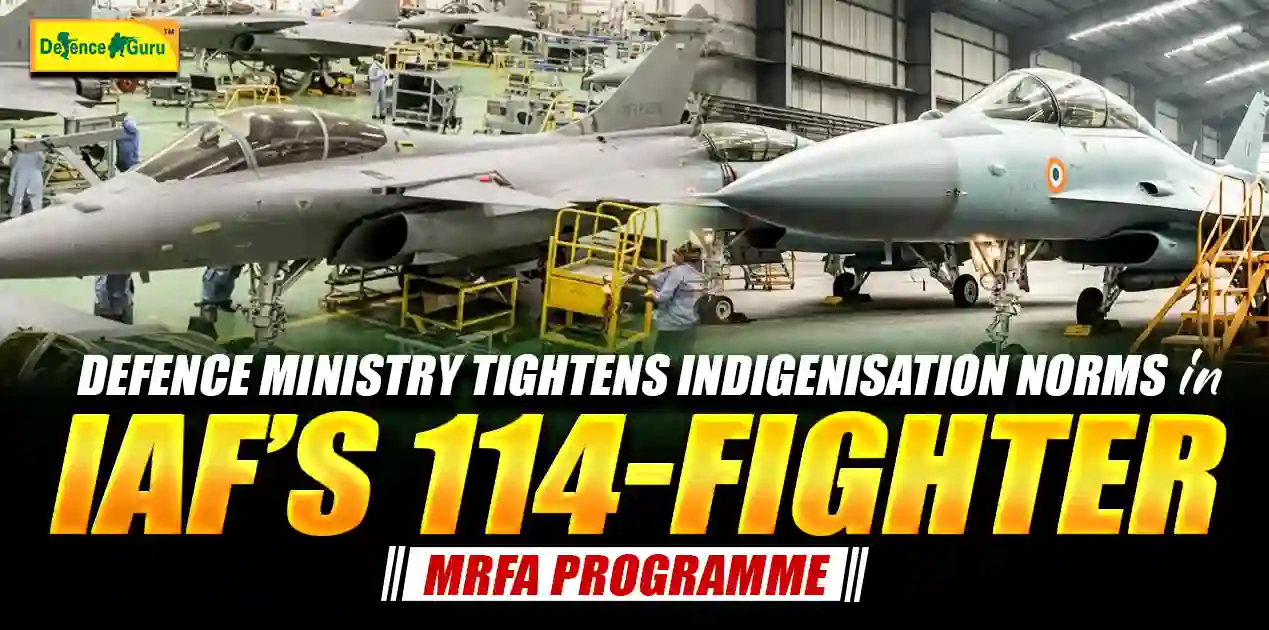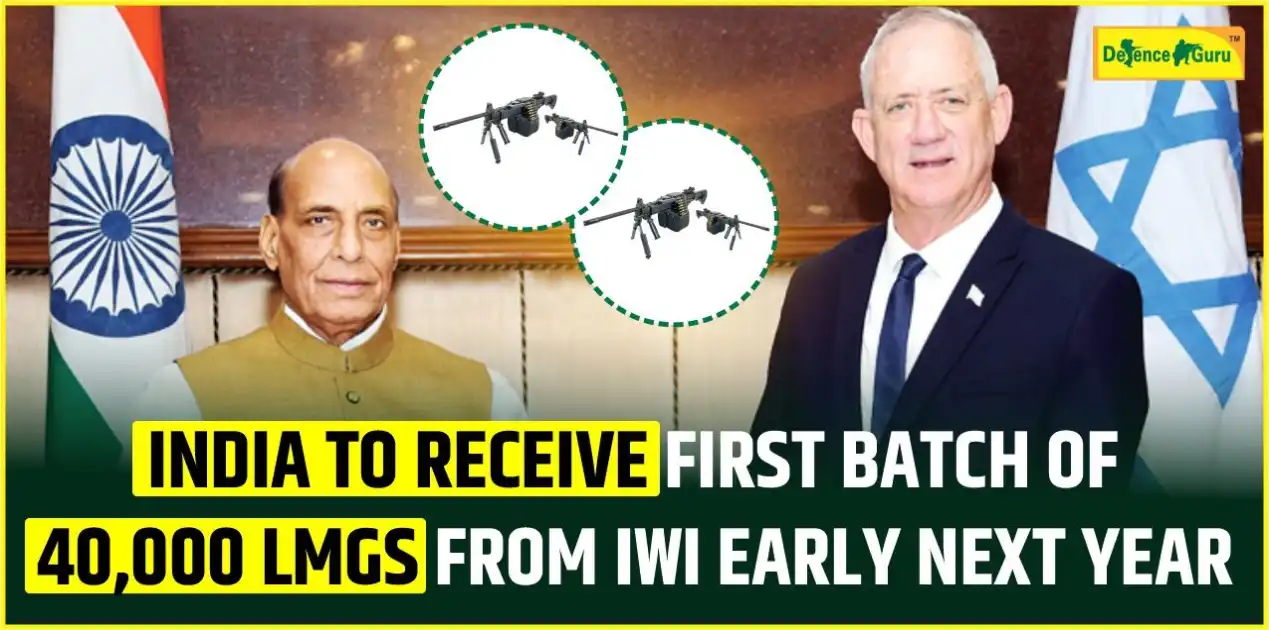Defence Ministry Steps Up Indigenisation Requirements for IAF's 114-Fighter MRFA Project - Attention Turns to Localisation, Tech Transfer, and Long-Term Sustainability
India's Ministry of Defence (MoD) has expressed major reservations on the Indian Air Force's (IAF) 114-fighter Medium Role Fighter Aircraft (MRFA) procurement plan, calling for more stringent indigenisation and industrial involvement commitments before clearing the next phase of evaluation.
As per officials, the current proposal is short of detailed specifics in key areas including workshare distribution, lifecycle cost estimation, and indigenous industry participation. The MoD has requested Dassault Aviation — the front-runner with its Rafale platform — to deliver a more detailed localisation roadmap. This involves a clear promise of technology transfer, development of indigenous supply chains, and establishment of a complete Maintenance, Repair, and Overhaul (MRO) ecosystem inside India.
The Ministry is also encouraging higher domestic production of major systems, integration of avionics, and export-acceptable assembly lines to create sustainable self-reliance. The practice is inspired from earlier industrial participation forms applied in the C295 transport aircraft and some naval programs, which stipulated certified local manufacturing under the "Make in India" initiative.
Secondly, the MoD is also streamlining lifecycle cost certification and operational sustainability processes to ensure predictable costs, arrange for local inventory of spares, and ensure flexibility in subsequent upgradeability. These modifications are likely to lengthen the evaluation periods since industry partners adapt to the improved requirements and extend binding commitments.
The transition represents a conscious shift from sole acquisition to co-development and strategic collaborations that firm up India's defence production base.
Impact on Dassault and Other Global Contenders
The game has changed for Dassault Aviation. The company will now have to provide greater localisation and wider technology-sharing than in its previous Rafale contracts. If it cannot do that, other international players — such as Boeing's F-15EX, Lockheed Martin's F-21, SAAB's Gripen-E, and the Eurofighter Typhoon — could discover new chances, particularly if they present joint production and strong Indian partnership structures.
The Defence Ministry's fresh insistence on open lifecycle expenses, contractual industrial participation, and domestic manufacturing betrays India's new strategic tilt towards independence, indigenous capability, and sustainable defence preparedness — prioritizing national interest and long-term self-reliance over rapid procurement gains.
Read more:
India Tests 800-KM BrahMos Supersonic Missile
Tejas Mk-1A to Take First Flight Today in Presence of Defence Minister Rajnath Singh

















